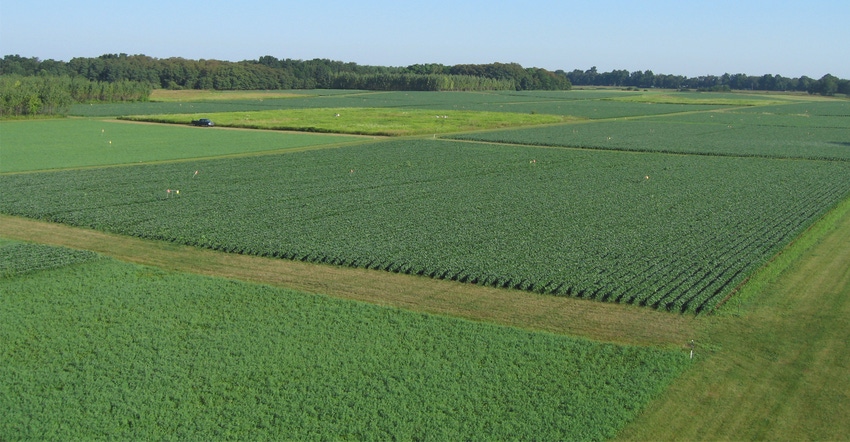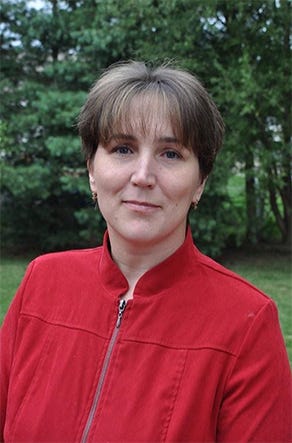
What works in a small research plot, my not be even close to the results large-scale farmers would see, according to a recently published study by researchers at Michigan State University. “We need to understand that scale matters a lot when it comes to management practices, extra work time and expertise,” says Sasha Kravchenko, lead author and MSU plant biologist.
The study conducted in southwest Michigan over six years, 2007-12, compared the yields of a crop rotation of wheat, corn and soybeans under three different management practices: conventional, low-input and organic. The tests were conducted at small experimental plots, under a hectare (2.5 acres), and much larger commercial field levels from 4 to 30 hectares (10 to 74 acres). Though researchers found no appreciable difference in the yields produced at either level for conventional crop management, they noted a significant yield gap, as much as 30%, for both low-input and organic management.
Conventional management relies on the uniform application of chemical inputs such as fertilizer and pesticides, practices that can easily be scaled up to larger fields, Kravchenko says. In contrast, low-input and organic management require much more labor-intensive work, as well as the cultivation of cover crops, which is more difficult to perform consistently on large tracts of land.
“The big conclusion is when you have management practices that require a lot of time and effort, and when the success of the practice requires more work than a farmer could reasonably do in an entire farm, then we as scientists need to adjust our recommendations,” says Kravchenko, who’s also an MSU AgBioResearch scientist. “Our study shows that if you don’t invest in field-scale studies, you run the risk of recommending impractical methods that won’t produce the promised level of return.”
One major component of that variance is cover crop stand and management, and whether or not that crop is successful, Kravchenko says.
Because low-input and organic agriculture do not rely on chemical fertilizers, low-input farmers must instead look to cover crops, such as red clover, to enrich their soil with nitrogen.
Chemical fertilizers can be spread uniformly, but the variability in elevation, soil quality and moisture levels present in commercial-scale fields means that cover crops may not perform at the same level throughout, resulting in uneven soil health benefits and reduced yield overall.
“In larger fields, we saw quite a lot of variability; we had patches with really nice stands and some completely bare where the crop didn’t make it,” she says. “Smaller plots allow for more care to be given.”

Sasha Kravchenko

Weed control was a contributing factor, as well. “When there’s a problem and you have to do extra things, that might be easier to do in small plots, but very difficult or nearly impossible for large farmers,” she says. “If weeding daily is necessary for success, we need to think twice before recommending that to anybody who farms hundreds or thousands of acres of land. In general, this study does bring this into light — the need to pay extra attention to scale.”
It also emphasizes the need for additional funding for large-scale research. “Unfortunately we do not have any field-scale studies currently at MSU,” Kravchenko says, noting that 2012 was the last year of field-scale data collection. “Expenses are the big limiting factor. To maintain and ensure everything is properly taken care of is very expensive. Our hope is to show that these studies are needed; it’s not a luxury. For researchers to make good recommendations, large-scale experiments are a necessity and need to be invested in.”
Sieg Snapp, MSU crop and soil scientist, co-authored the report. Phil Robertson, director of MSU's Kellogg Biological Station Long-term Ecological Research Program, also contributed to the study.
About the Author(s)
You May Also Like






